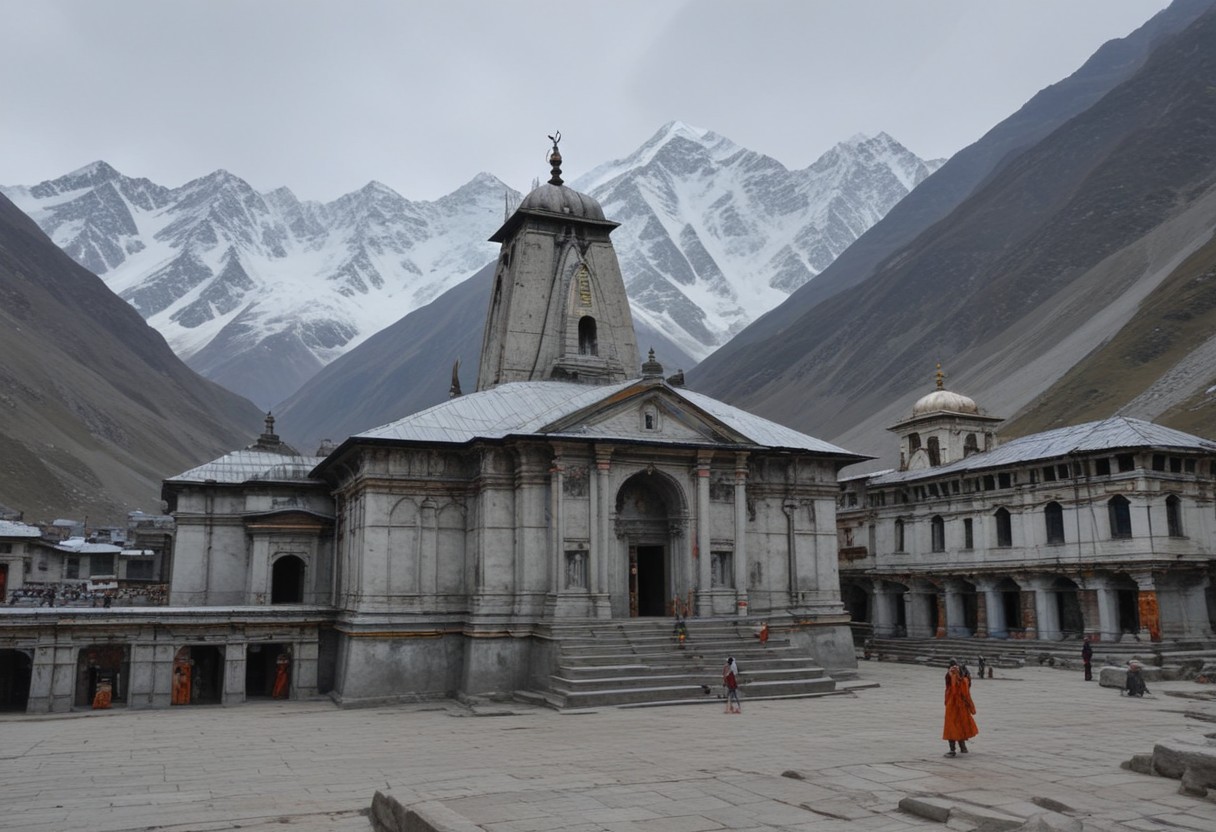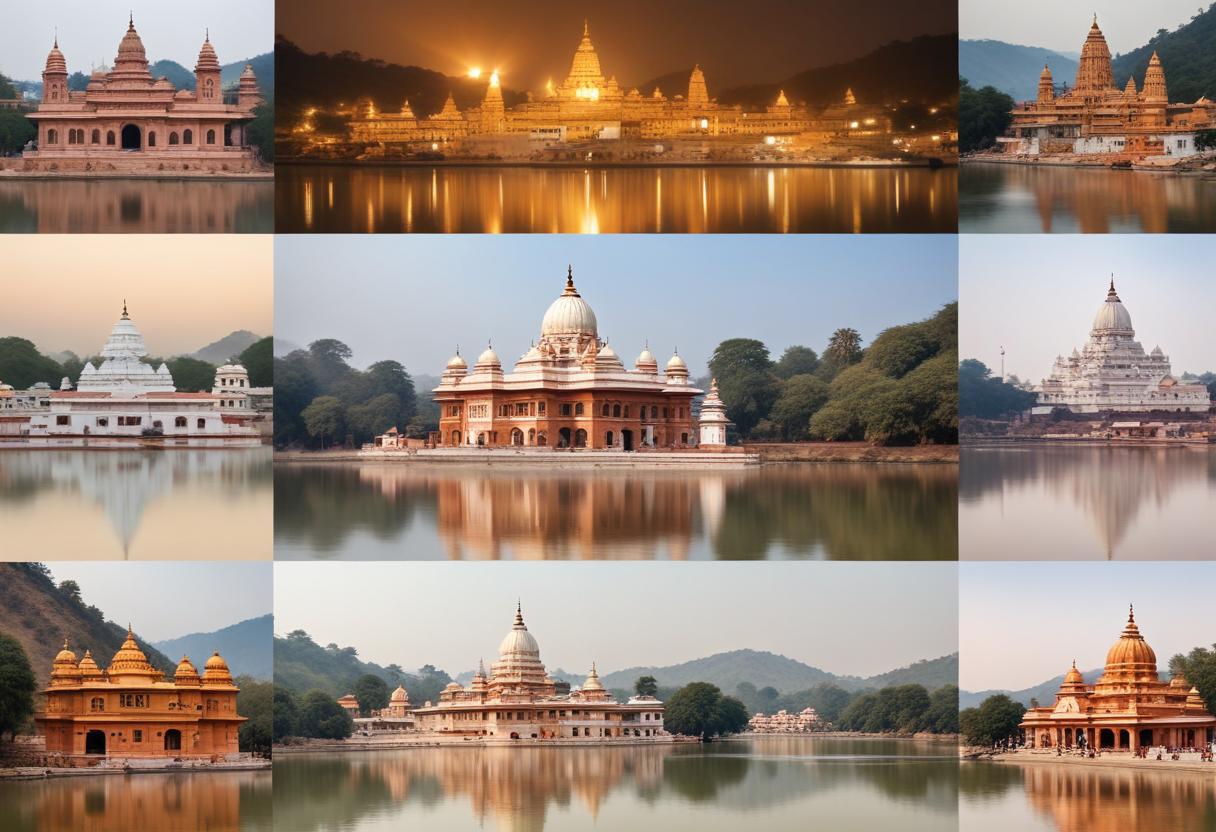
The Kedarnath Temple, located in the picturesque state of Uttarakhand, India, is one of the holiest and most revered pilgrimage sites for Hindus. Situated at an altitude of 3,583 meters (11,755 feet) above sea level, the temple is dedicated to Lord Shiva and is one of the twelve Jyotirlingas, which are sacred representations of the God Shiva. The journey to Kedarnath is not only spiritually enriching but also offers breathtaking views of the Himalayan ranges. While the temple and its significance are well-known, there are several lesser-known facts and anecdotes associated with the Kedarnath Dham Yatra that add to its mystique and charm.
- Ancient Origins: The Kedarnath Temple is believed to have been constructed by the Pandavas, the legendary figures from the Hindu epic Mahabharata. According to legend, after the great Kurukshetra War, the Pandavas sought the blessings of Lord Shiva to absolve themselves of the sins they had committed during the war. However, Lord Shiva eluded them and took refuge in Kedarnath in the form of a bull. When pursued, the bull disappeared into the ground, leaving behind a hump on the surface. The remaining parts of the bull are said to have appeared at four other locations, which are now revered as the Panch Kedar.
- Winter Abode: Unlike most other Hindu temples in the region, the Kedarnath Temple remains closed during the winter months (from November to April) due to heavy snowfall and harsh weather conditions. During this time, the deity is shifted to the Ukhimath Temple, where special prayers are offered to Lord Kedarnath.
- Adi Shankaracharya’s Influence: Adi Shankaracharya, the great 8th-century philosopher and saint, is credited with reviving and re-establishing many Hindu temples and pilgrimage sites across India. It is believed that Adi Shankaracharya attained Samadhi (left his mortal body) at Kedarnath. A small shrine dedicated to him, known as the Shankaracharya Samadhi, is located behind the Kedarnath Temple.
- Mysterious Immovable Boulder: Near the Kedarnath Temple, there is a large, seemingly immovable boulder known as the “Bhairav Shila.” According to local belief, the boulder protects the temple from the ravages of nature, including landslides and avalanches. It is said that the boulder has never moved, despite several attempts to dislodge it.
- Unique Architecture: The Kedarnath Temple is known for its unique architectural style, which is markedly different from the traditional North Indian temple architecture. The temple is built entirely of large, evenly cut grey stone slabs, without the use of any cement or bonding material. This ancient construction technique is known as “dry masonry” and is believed to contribute to the temple’s resilience against earthquakes and other natural disasters.
- Mandakini River: The Kedarnath Temple is situated on the banks of the Mandakini River, which is considered sacred by Hindus. The river originates from the Chorabari Glacier near the temple and merges with the Alaknanda River at Rudraprayag. Taking a dip in the icy waters of the Mandakini is believed to cleanse the soul of all sins.
- Kedarnath Wildlife Sanctuary: The area surrounding the Kedarnath Temple is part of the Kedarnath Wildlife Sanctuary, which is home to a diverse range of flora and fauna. The sanctuary is a haven for wildlife enthusiasts and trekkers, offering opportunities to spot rare Himalayan species such as the snow leopard, musk deer, and Himalayan monal.
- Pilgrimage Route: The traditional pilgrimage route to Kedarnath involves a trek of approximately 16 kilometers (10 miles) from Gaurikund, the base camp. The trek passes through picturesque valleys, dense forests, and icy streams, offering stunning views of the surrounding mountains. However, due to the 2013 flash floods that devastated the region, a new route has been constructed to ensure the safety of pilgrims.
- Vasuki Tal: Located at an altitude of 4,135 meters (13,566 feet) above sea level, Vasuki Tal is a high-altitude glacial lake situated about 6 kilometers (3.7 miles) from Kedarnath. The lake is named after the legendary serpent Vasuki, who is said to have surrendered to Lord Shiva at this spot. The trek to Vasuki Tal is challenging but rewards trekkers with breathtaking views of the surrounding peaks.
- Devotees’ Dedication: The Kedarnath Temple has a long history of devotees’ dedication and service. Despite the harsh weather conditions and difficult terrain, thousands of pilgrims undertake the arduous journey to Kedarnath every year, often on foot, as a mark of their devotion and faith.

